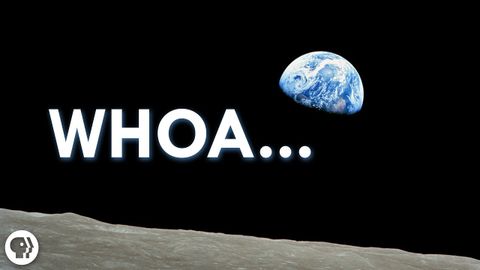
字幕と単語
これまでで最も重要な科学の画像|スマートになるためには大丈夫|PBSデジタルスタジオ (The Most Important Science Images Ever | It's Okay To Be Smart | PBS Digital Studios)
00
VoiceTube が 2021 年 01 月 14 日 に投稿保存
動画の中の単語
light
US /laɪt/
・
UK /laɪt/
- v.t.火をつける;点灯する : (照明を)つける
- adj.明るい;薄い;軽い;軽い
- n. (c./u.)光;明瞭化;光;照明;信号;表情
- adv.(旅行をするときに)荷物を少なくして
A1 初級
もっと見る エネルギーを使用
すべての単語を解除
発音・解説・フィルター機能を解除
